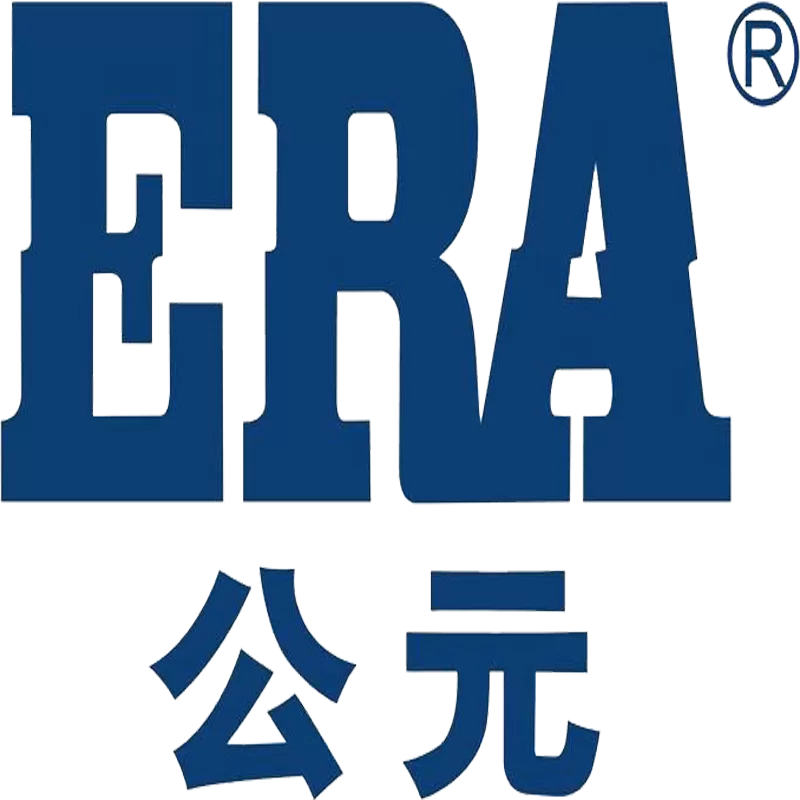In long-term infrastructure projects, the procurement of PE carat pipes is often challenged by fluctuations in raw material prices. This volatility not only affects the stability of the project budget, but also may be directly related to the sustainability of the supply chain. In order to help procurement managers effectively deal with this problem, this paper systematically sorts out five core strategies.
First, it is recommended to use flexible price terms contracts. When signing a long-term supply agreement, a price adjustment mechanism can be agreed, such as quarterly price adjustments based on the market price index of polyethylene resins. This can not only ensure the reasonable profit of the supplier, but also avoid the buyer from taking the risk of rising raw materials alone.
Second, it is crucial to establish a raw material reserve mechanism. By analyzing historical price data, identify the relative low price, and purchase and reserve the appropriate amount of raw materials in a timely manner. Ideally, joint suppliers can build a reserve pool to smooth the impact of peak price periods.
Third, deepen supply chain synergies. Establish strategic partnerships with core suppliers to share market demand forecasts and production plans. Reduce the bullwhip effect through information transparency, enabling suppliers to arrange production and inventory more accurately, thereby controlling costs.
Fourth, expand the supplier resource pool. Develop no less than 3 qualified suppliers, and optimize procurement costs through competitive procurement strategies. At the same time, strengthen the inspection of secondary raw material suppliers, and consider the procurement model of upstream integration when necessary.
Finally, implement value engineering analysis. Organize the technical team to continuously study material alternatives, and on the premise of ensuring the quality of the project, reduce the consumption of raw materials per unit length of pipe by optimizing the wall thickness of the pipeline and improving the connection method.
Practice has proved that enterprises that comprehensively apply these strategies can reduce the fluctuation of procurement costs by more than 30% in long-term projects over three years. The most important thing is to establish a systematic price risk management system to transform short-term market fluctuations into long-term competitive advantages. It is recommended that enterprises update the price threat and risk assessment report every quarter to keep the procurement strategy dynamic and optimized.
.jpg)

